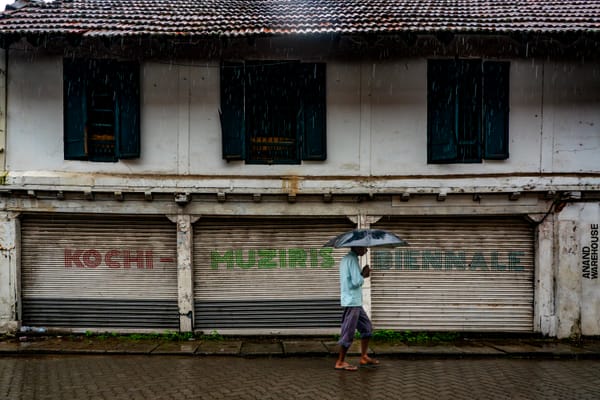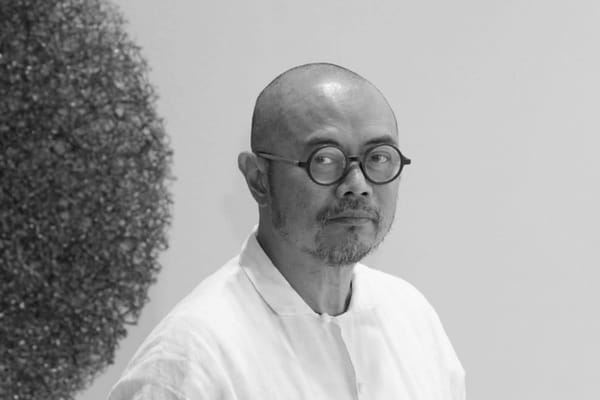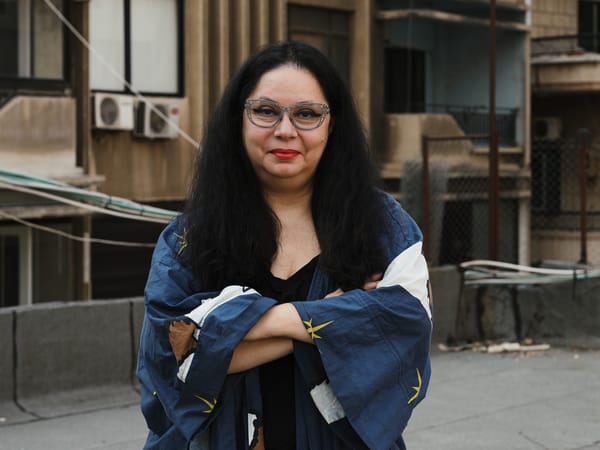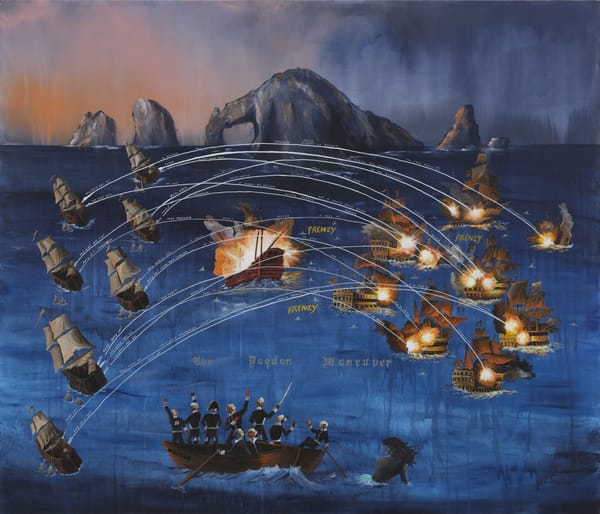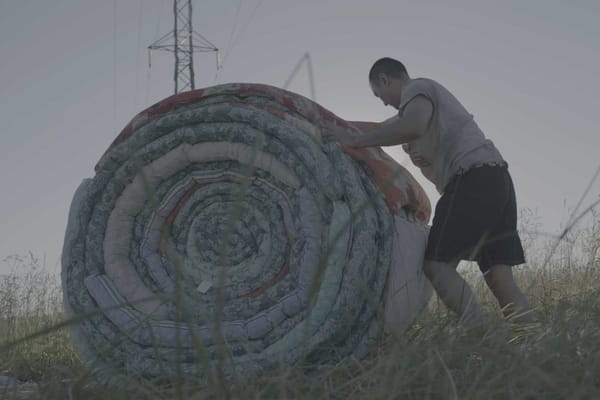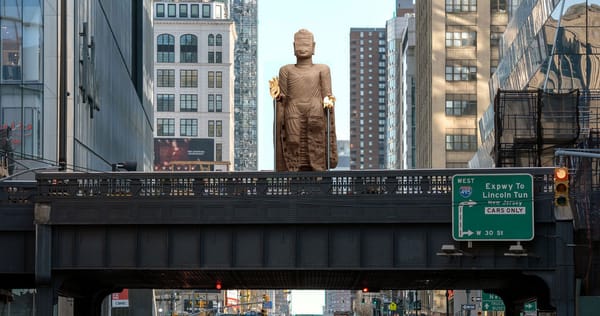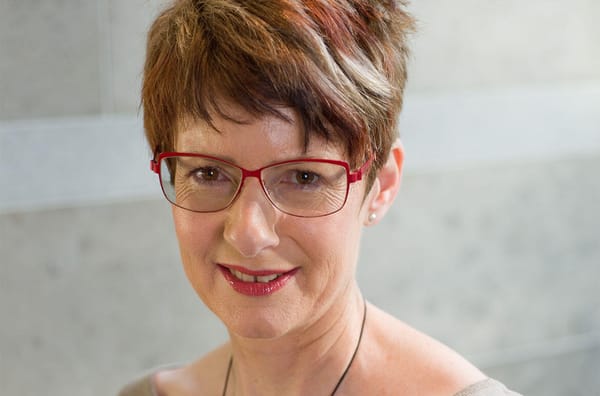News
The Rubin Museum of Art to Close Its New York Building


*updated on February 2, 2024.
On January 31, the Rubin Museum of Art (RMA) announced that the closure of its New York City building is scheduled for October 6, 2024. The institution will, however, continue to launch various programs to steer its vision of becoming a “global museum.” To further foster awareness and understanding of Himalayan art, the Rubin will continue its mission through international partnerships, grants, loans, traveling exhibitions, scholarships, and digital offerings, despite a restructure of its operational model.
Founded in 2004 by American art collectors Donald and Shelley Rubin, the museum has amassed a collection comprising Buddhist works from the Tibetan Plateau. Over the last two decades, the Rubins transformed their private collection into a public organization. After two years of redevelopment led by the board of trustees, the museum’s leadership decided to sell the building on 17th Street, shifting from its focus to a more global presence. The museum management had previously restructured its financial resources by reducing its staff from 89 to 67 in 2019.
A spokesperson for the RMA said the museum ended 2023 with a surplus of USD 17 million, and that the museum’s endowment had topped USD 150 million.
The museum’s board president Noah Dorsky stated: “The definition of what a museum is has evolved dramatically in recent years . . . [and] realigning our resources will empower us to reach much broader and diverse audiences, prioritize accessibility, galvanize creativity, advance scholarship, and champion new modes of engagement in a fast-changing world.”
The Rubin’s executive director Jorrit Britschgi remarked: “By sharing Himalayan art and its insights, the Rubin aims to empower people to examine big questions of what it means to be human today, with the hope of creating a more compassionate, resilient world. In times of rapid change, the Rubin’s new model seeks to share this art and cultural heritage, much of which represents practices that are said to increase tolerance for instability and change. For our future programming—both in-person and digital—we seek to partner with communities worldwide to explore how Himalayan art can serve their needs to learn, contemplate, and connect.”
The Rubin will continue its ongoing programs, such as the interdisciplinary resource and digital platform “Project Himalayan Art” for undergraduate education on Asia. And its ongoing traveling exhibition, “Gateway to Himalayan Art,” will tour to universities in Florida, Ohio, Utah, Oregon, and California through 2026. The museum’s third floor, “Mandala Lab”—a large interactive exhibition that promotes emotional learning through Buddhist doctrines—will be installed in Milan in early 2024 and in another European city to be announced in 2025. The podcasts AWAKEN and Mindfulness Meditation will continue to operate, along with their partnership with Emory University to further expand the Rubin’s social, emotional, and ethical learning curriculum in the future.
As part of the museum’s restructuring, the Rubin will continue to offer resources with the new Rubin Grant Program. Applications for the grant will open in March to support individual and institutional projects focusing on the study and promotion of Himalayan art. The inaugural Rubin Museum Himalayan Art Prize, created in November of last year, will be awarded in the coming year.
Until its closure, the Rubin Museum of Art will hold its 20th-anniversary exhibition “Reimagine: Himalayan Art Now” starting on March 15. The exhibition will travel to Chicago’s Wrightwood 659 in late 2024. The group show features new and recent artworks from 32 contemporary artists from Nepal, Tibet, and Bhutan, along with international artists inspired by Himalayan art, presented in response to artifacts from the Museum’s collection.
Camilla Alvarez-Chow is an editorial assistant at ArtAsiaPacifc.
